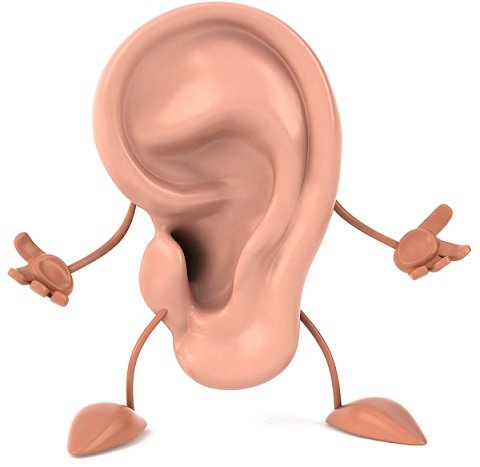OUR HEARING AND EQUILIBRIUM

THE EAR
The sound allows us to hear sounds. The sound travels through the air in the form of waves, of miniscule vibrations. Inside the ear, these vibrations stimulate sensors that send signals to the brain. In the brain, the signals are converted into words, music or other sounds. The hearing also helps keep the body in balance.
INSIDE THE EAR
The sounds that enter the ear canal vibrate the tympanum. The vibration passes through the three mobile bones and reaches the cochlea. There is a fluid that flutters and makes tiny filaments move that send a signal to the brain through the nerve fibers.

MOBILE BONES
In the middle ova there are three mobile bones:
- The hammer.
- The anvil.
- The stirrup.
They are called that because of the shape they have. These bones transmit the vibrations of the tympanum to the inner ear.

SOFT SOUNDS AND STRONG SOUNDS
The volume of the different sounds is measured in decibels (db). A murmur is about 20 decibels; the fireworks, about 100 decibels. Sounds greater than 130 decibels are harmful to the human ear.

BALANCE ACT
Ears help us maintain balance. Within each ear there are three semicircular canals filled with liquid. When the head moves, the liquid slips and the sensors send signals to the brain indicating the change in position. Then the brain sends instructions for the body to maintain balance.

EARS OF ANIMALS
Some animals, such as the rabbit or the fox, have long ears and move them to the place where the sounds come from. These long ears allow them to hear very soft sounds and detect where they come from, which is useful for getting food or escaping from enemies.
As a curious fact, cats and bats listen to very sharp sounds that the human ear does not perceive.


Posted from my blog with SteemPress : http://destroyer33.vornix.blog/our-hearing-and-equilibrium/
Unos de los 5 sentidos del ser humano
Así es amiga. Gracias por su apoyo. Saludos